Digital Transformation in Supply Chain
Digital transformation in Supply chain refers to the redefinition and complete integration of new technologies across the supply chain as part of the comprehensive improvement of supply chain performance, efficiency, transparency, and responsiveness from the suppliers to the customers across the network. Key drivers and technologies are playing essential roles in reshaping supply chain management.
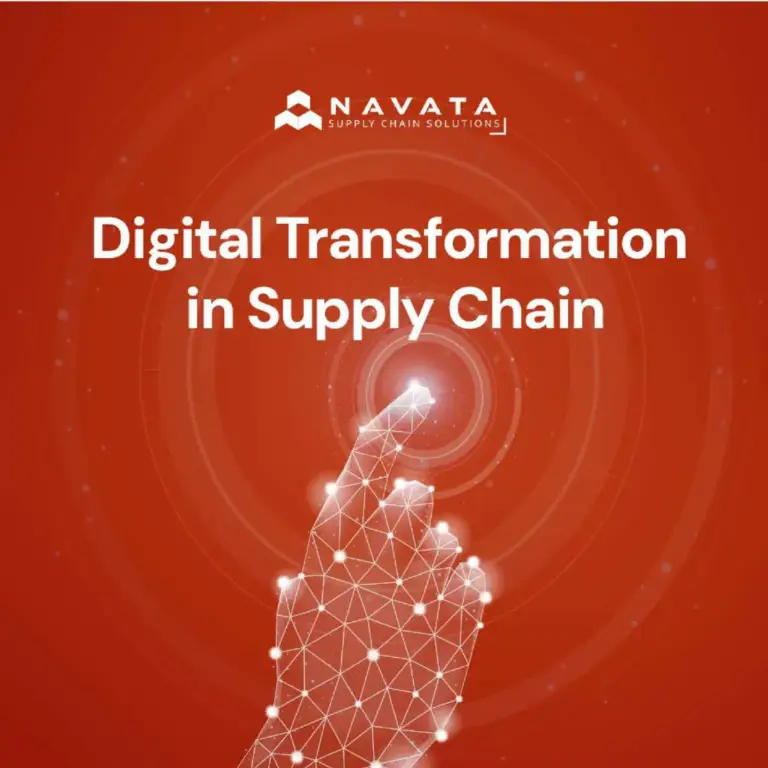
AI & ML Optimization
Artificial Intelligence and Machine Learning play a deterministic role in supply chain optimization. AI and ML scour through enormous amounts of data in search of patterns and the identification and prediction of events to give actionable insights. These technologies further optimize forecasting not just in demand and inventory levels but, most significantly, in logistics.
For example, AI can predict spikes in demand, and ML algorithms can determine the most cost-efficient routes for delivery trucks to cut down on costs and maximize delivery time. AI and ML enable supply chain managers to make strategic decisions and innovations while automating day-to-day activities while providing real-time analytics.
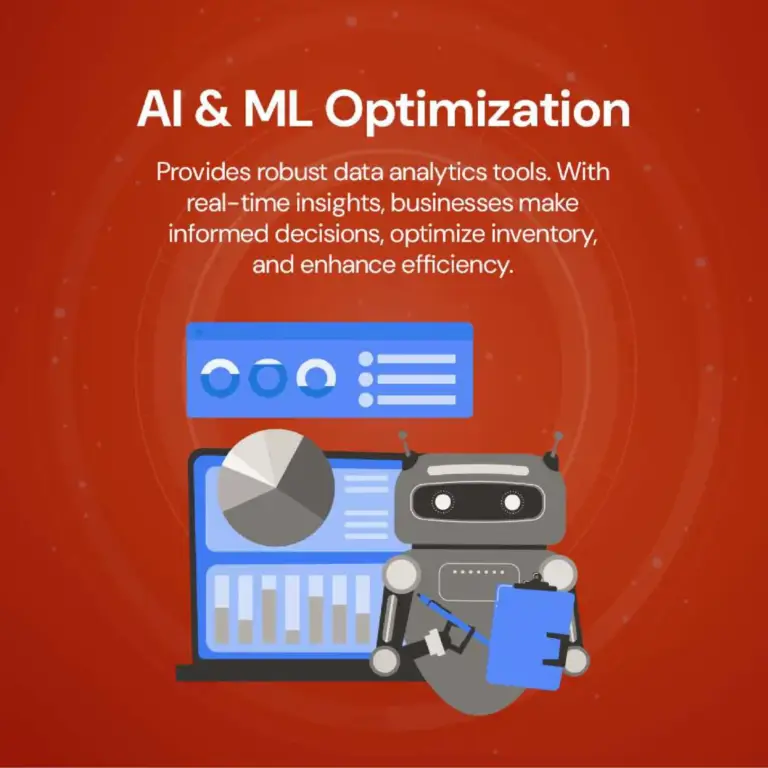
End-to-end Visibility
End-to-end visibility is an essential aspect of a digital supply chain. It involves tracking products, information, and processes from the source right to the final customer. This is made possible through IoT technologies, blockchain, and advanced tracking systems.
The stakeholders can have real-time data access because it provides end-to-end visibility, which is fundamental to enhancing transparency, coordination, and decision-making. Visibility enables companies to respond to disruptions swiftly, optimize logistics, and ensure regulatory compliance, which improves efficiency and customer satisfaction.
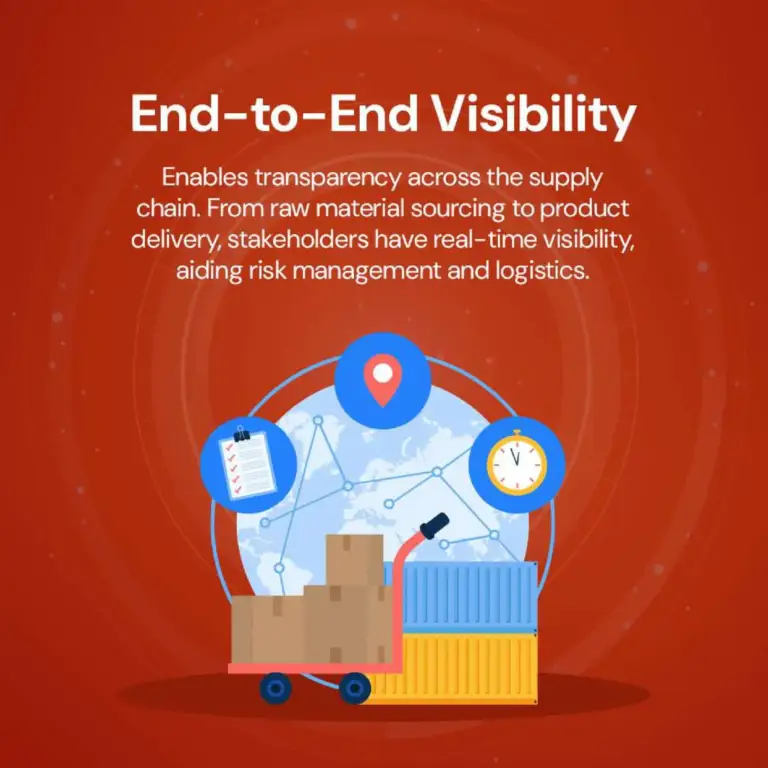
Automation & Robotics
The applications of automation and robotics are making transformations in the operations of supply chains to increase their efficiency, accuracy, and speed. Robotic devices and automation systems can offer much more precise and consistent performance compared to human labor in repetitive tasks, including picking, packing, sorting, etc. Here, with significant cuts in the number of errors, labor costs decline, and the throughput rises. AMRs and RPAs can be found all over the warehouse and manufacturing plants.
These innovations bring continuous operations, optimize space utilization, and ensure worker safety by taking over hazardous tasks, hence making supply chains scalable and flexible.
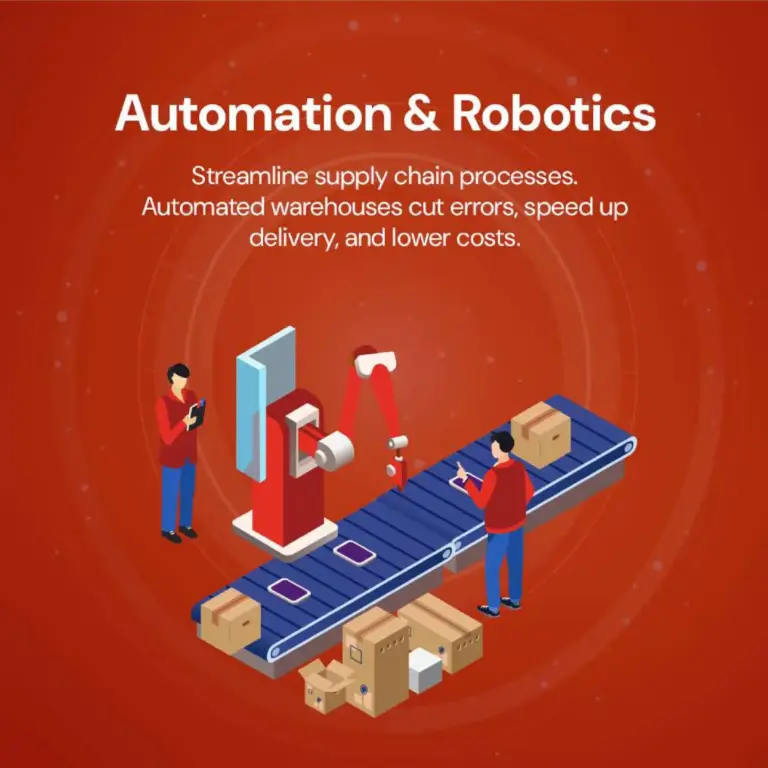
Predictive Analytics
This involves a process that applies historical data in combination with statistical algorithms and machine learning tools to identify the future potential of outcomes and trends in the supply chain. This is a considerable capability for demand forecasting, inventory management, and risk assessment. By predicting these market changes, the companies can fine-tune stock levels to ensure that there is neither overproduction nor stockout.
Predictive analytics quickly pinpoints possible issues before they escalate so businesses can implement contingency plans. In this way, the companies are proactive so that they will experience minimal interruptions, reduced costs, and timely delivery of their products, consequently enhancing the general efficiency of the supply chain.

Sustainability Initiatives
Sustainability initiatives are a must and a considerably vital component of the current supply chain. Companies are slowly switching to green logistics, eco-friendly packaging, and renewable energy supplies toward as low an emission footprint as possible. This might include waste reduction, reprocessing, and route planning for reduced emissions.
An ethical supply chain ensures the sources used to acquire the raw materials are human rights and fair trade-compliant. From environmental conservation to a rise in brand reputation and regulatory compliance, sustainable practices will be upheld. Embedding sustainability throughout an organization’s supply chain enables long-term operational efficiency and meets consumer demand for green products.
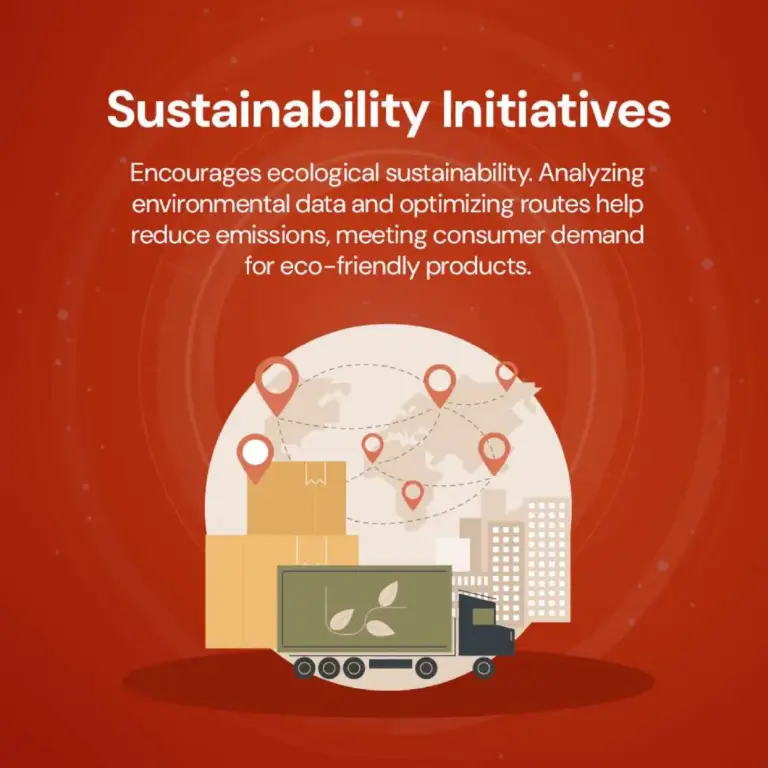
In brief, the digital transformation of a supply chain involves embedding total visibility, integrated optimization from AI and ML, automation and robotics, predictive analytics capabilities, and sustainability practices within a value and supply chain. The leverage of these technologies and practices results in a supply chain that is more efficient and transparent, capable of being responsive and agile, building resilience, and being more sustainable.
Thanks For Reading: Digital Transformation in Supply Chain
Powered By 360Presence


2 Comments